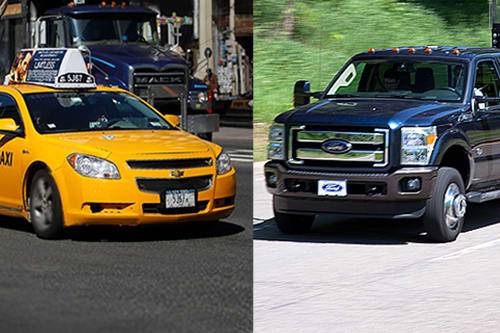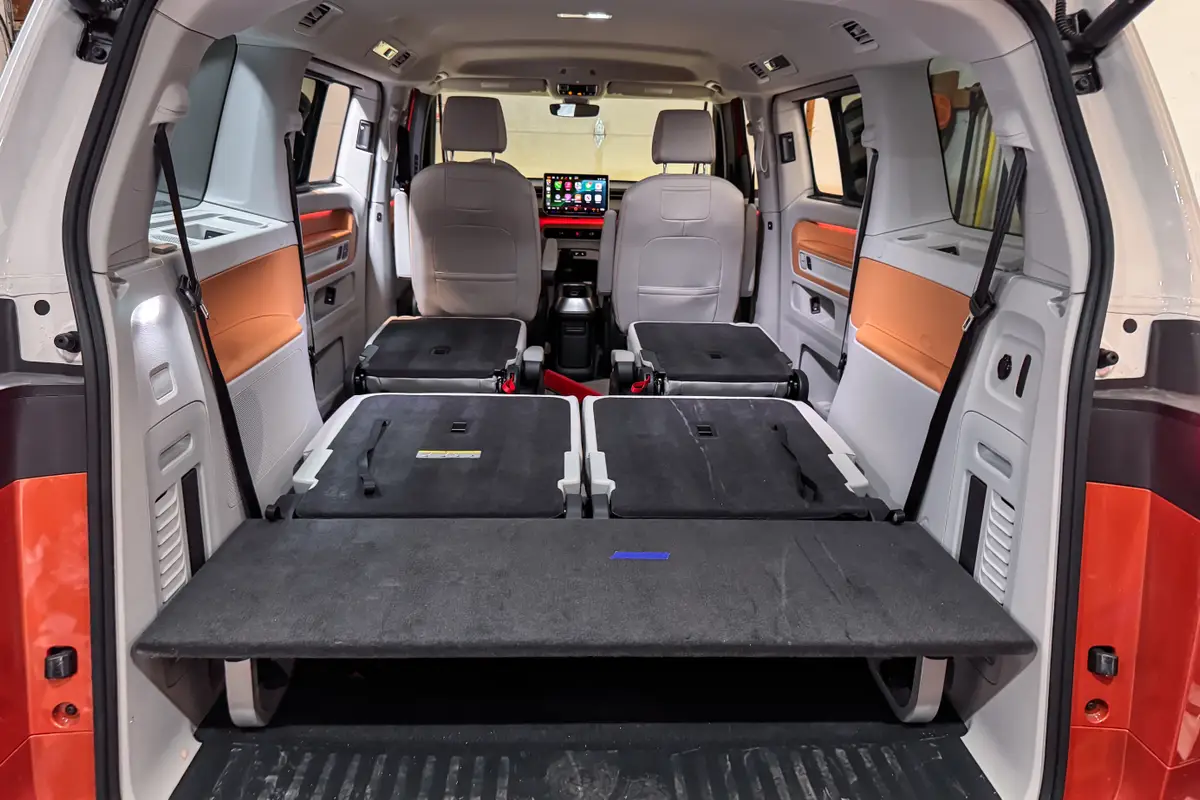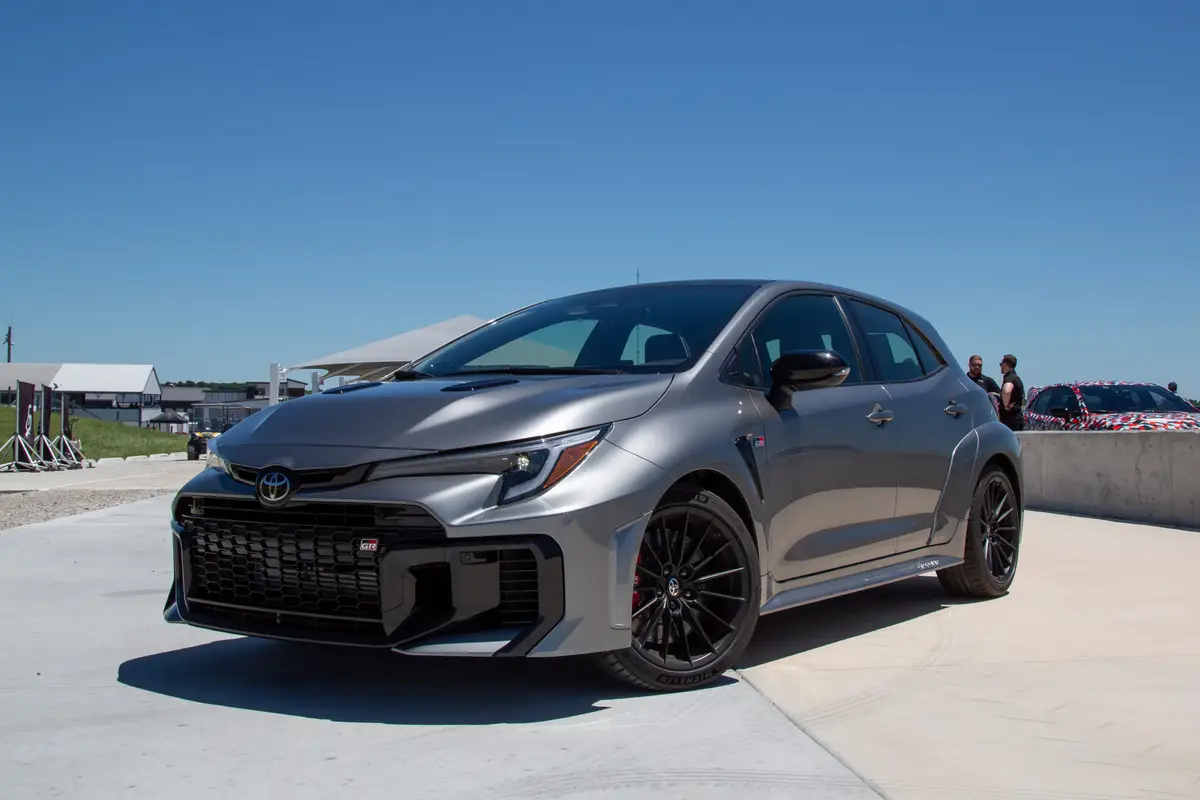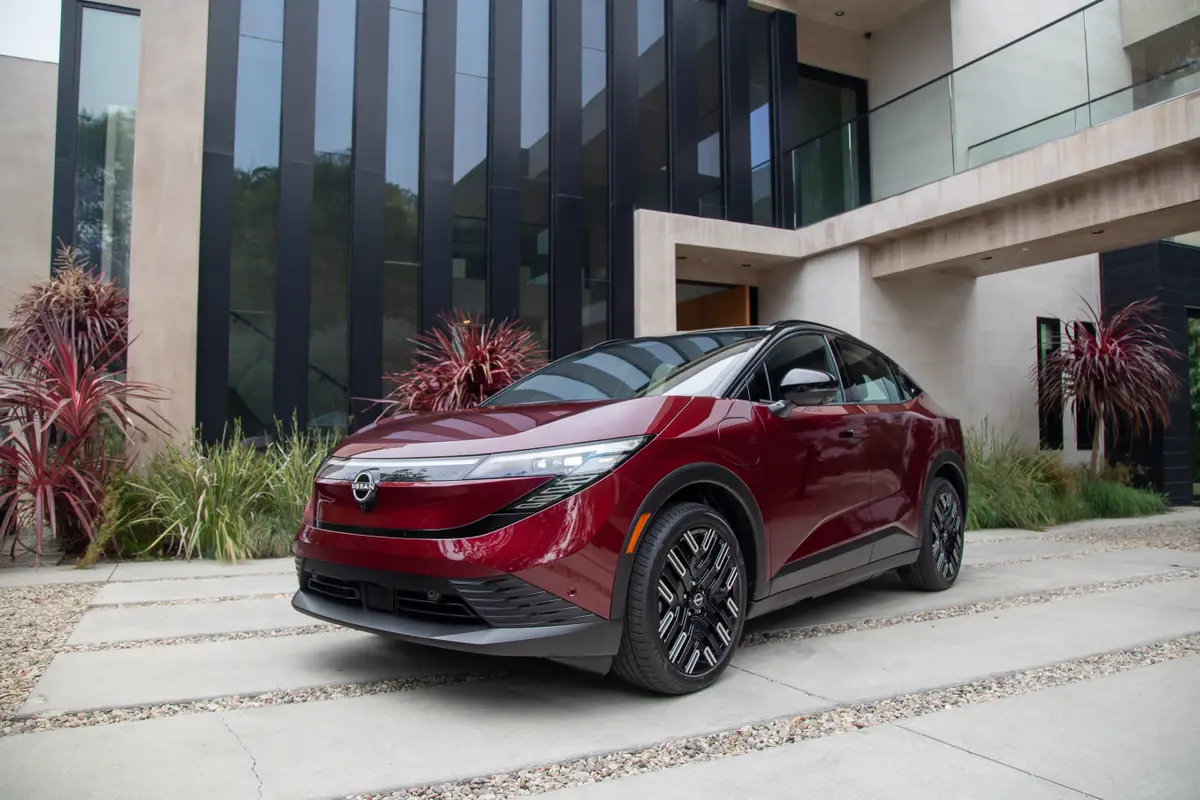City Drivers Versus Country Drivers: Who's More Dangerous?


In Aesop’s Fable “The Town Mouse and the Country Mouse,” the rural rodent after visiting his urban-dwelling friend’s hustling-and-bustling home returns to the simple life and says of the big city: “It is surrounded by too many dangers to please me.” Most of us can relate on some level to the calming allure of open spaces versus the imposing shadow of the downtown skyline, and city drivers in particular have a reputation for being wild behind the wheel (think cabbies) — but are they really more dangerous?
Related: Speediest and Slowest States: Where Does Yours Rank?
On the whole, the numbers show, they are not — not even close. According to a 2014 report by the National Highway Traffic Safety Administration, despite only 19 percent of the U.S. population living in rural areas, rural fatalities accounted for 54 percent of all traffic deaths in 2012. And that’s after a decade of steep declines in highway deaths, by 27 percent in rural areas compared with just 14 percent in urban areas. Even with the gap narrowing, rural crashes still kill many more people each year, statistically, than urban accidents.
NHTSA based its stats on data from the Fatality Analysis Reporting System, a census of fatal crashes in the 50 states plus the District of Columbia. Researchers found that in 2012 there were 30,800 fatal crashes resulting in nearly 33,561 deaths, and that rural areas accounted for 16,443 of these crashes and 18,170 deaths, 53 and 54 percent, respectively. That’s compared with urban areas’ 14,263 crashes and 15,296 deaths, each accounting for 46 percent of their respective totals. The fatality rate per 100 million vehicle miles in 2012 was 1.86 for rural motorists versus just 0.77 for urban motorists — a rural death rate nearly 2 1/2 times greater.
According to data, rural drivers speed more, drive drunk more often and are less likely to wear their seat belts. Data shows that speed was a factor in nearly a third of fatal crashes in 2012; that included 5,660 rural deaths and 4,527 urban deaths, again, despite the rural population being much smaller. Likewise, in 2012, 10,322 people were killed in alcohol-related accidents, of which rural areas accounted for 55 percent to urban areas’ 44 percent. And while urban motorists buckle up only 2 percent more often, vehicle occupants killed in rural crashes were unrestrained 54 percent of the time as opposed to 48 percent of the time in fatal urban crashes. Meanwhile, nearly two-thirds of rural pickup truck occupants who died in crashes were unrestrained, representing the highest percentage for any type of passenger vehicle in either type of area.
So does that mean city drivers are inherently safer, more cautious or more skilled behind the wheel than their country counterparts? Umm … probably not.
“It’s not so much that rural drivers are more dangerous, it’s more that rural roads are more dangerous,” Russ Rader, a spokesman for the Insurance Institute for Highway Safety told Cars.com. “In rural areas, you have higher speeds; you have twisty roads that can be dangerous at night, and you add to that situations where drivers are impaired by alcohol driving home from the bar. It means that the risks are higher in rural areas — and that’s always been the case.”
Contrast that, Rader said, with urban areas, where speeds are generally much lower, there’s more traffic congestion and it’s just all-around more difficult to get vehicles up to dangerously high speeds, and the risk factor goes down. Rader added that seat belt use is at an all-time high in the U.S. at roughly 85 percent, and convincing the remaining 15 percent or so to buckle up every time they get in the car would go a long way toward reducing driving deaths — whether on city streets or country roads.
Among all states and the District of Columbia, rural motorists account for a greater portion of fatal accidents than urban motorists in 31 of them. The top 10 states with the highest percentage of rural fatalities are:
1. Maine, 100 percent
2. Montana, 93
3. South Dakota, 88
4. South Carolina, 87
5. North Dakota, 86
6. Idaho, 83
7. Wyoming, 82
8. Vermont, 82
9. Kansas, 80
10. Kentucky, 78
Cars.com photo by Evan Sears; Chris Hondros/iStock/Thinkstock

Former Assistant Managing Editor-News Matt Schmitz is a veteran Chicago journalist indulging his curiosity for all things auto while helping to inform car shoppers.
Featured stories




